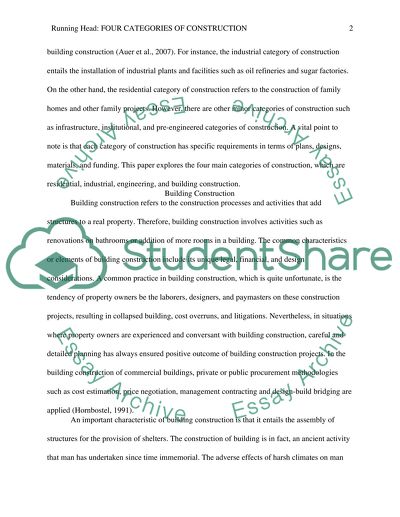Cite this document
(“Engineering and Construction. Four Categories of Construction Research Paper”, n.d.)
Engineering and Construction. Four Categories of Construction Research Paper. Retrieved from https://studentshare.org/engineering-and-construction/1436169-engineering-and-construction-four-categories-of-construction
Engineering and Construction. Four Categories of Construction Research Paper. Retrieved from https://studentshare.org/engineering-and-construction/1436169-engineering-and-construction-four-categories-of-construction
(Engineering and Construction. Four Categories of Construction Research Paper)
Engineering and Construction. Four Categories of Construction Research Paper. https://studentshare.org/engineering-and-construction/1436169-engineering-and-construction-four-categories-of-construction.
Engineering and Construction. Four Categories of Construction Research Paper. https://studentshare.org/engineering-and-construction/1436169-engineering-and-construction-four-categories-of-construction.
“Engineering and Construction. Four Categories of Construction Research Paper”, n.d. https://studentshare.org/engineering-and-construction/1436169-engineering-and-construction-four-categories-of-construction.


